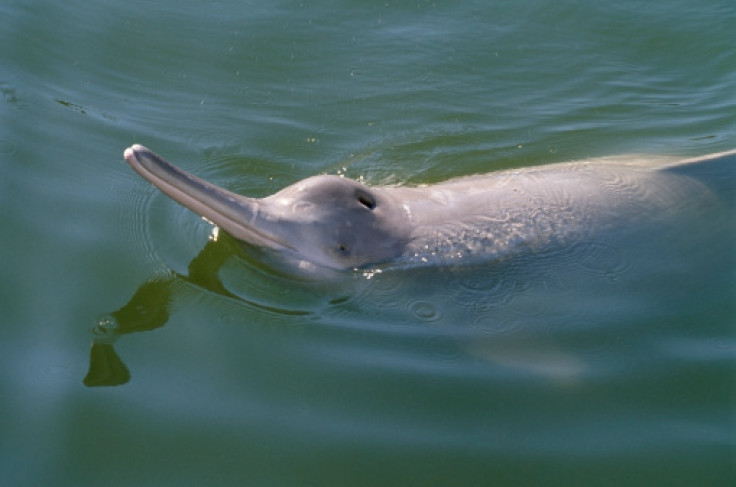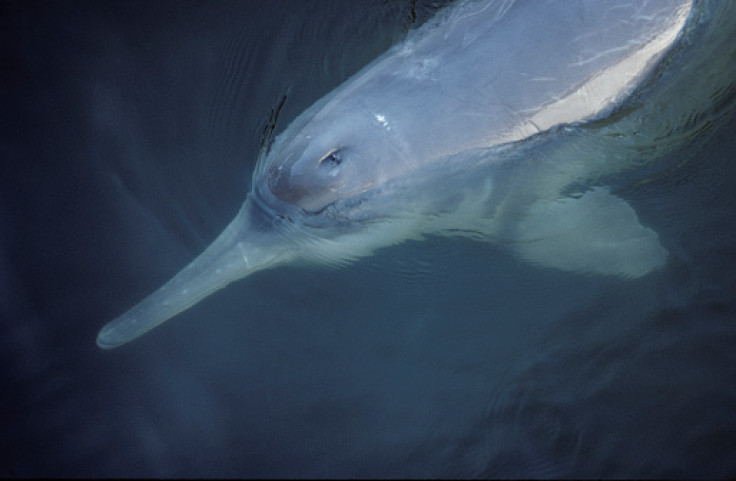'Extinct' goddess of the Yangtze dolphin 'spotted' after 10 years
The Yangtze River dolphin was declared extinct a decade ago, but conservationists now claim to have seen it.

Amateur conservationists claim they have caught a glimpse of the Yangtze River dolphin, an animal which was declared extinct 10 years ago. The freshwater dolphin – also known as baiji – had previously roamed the waters of the Yangtze in China for 20 million years.
The white dolphin was apparently spotted during a seven-day expedition along the Yangtze, The Guardian reports. Led by a publisher from Beijing named Song Qi, the group has not brought back pictures that could conclusively identify the baiji.
However, a fisherman who was with them has said he was 100% confident that they had seen a member from the species.
The amateur conservationists hope their sighting will renew efforts to better protect the Yangtze River from pollution.
When and why did the baiji disappear?
If the animal they have observed happens to be the Yangzte River dolphin, it would be a cause for celebration among conservationists worldwide. The demise of the beautiful river creature has often been described as one of scientists' most significant failures to respond to an environmental crisis.
The Yangtze River dolphin was declared extinct in 2007, after a survey led by the Zoological Society of London failed to locate any specimens – either spotting them or hearing their distinctive whistles under water.
Baiji means white dolphin in Chinese. The mammal had a highly developed sonar and reduced eyesight – two characteristics consistent with the fact it had to navigate through murky waters. The dolphin was one of the most admired species populating the river, sometimes referred to as the "goddess of the Yangtze".

However, as the Yangtze River converted itself into one of the most crowded waterways in the world, baiji sightings became more rare. Pollution, overfishing and boat collisions have all led to the death of many dolphins.
The first dolphin surveys were conducted in the late 1970s, and by then it was estimated that only about 400 animals remained in the wild. By the end of the 20th century, the situation had become even more dire – only 13 animals were believed to have survived.
An expedition was launched in 2006 to retrieve dolphin specimens from the river in order to start a captive breeding programme and overturn the decline of the species. However, the scientists were unable to find any baiji and were forced to declare the species extinct.

This was even more devastating for conservationists because the baiji represented a unique species – it was the only member of an entire mammal family, having diverged from other dolphins some 20 million years ago.
This makes the reported sighting all the more exciting but professional conservationists have expressed scepticism. They caution against too much optimism but stress that the story of Yangtze River dolphin should still serve as a wake-up call for conservationists to act quickly to save a species which is critically endangered.
© Copyright IBTimes 2024. All rights reserved.






